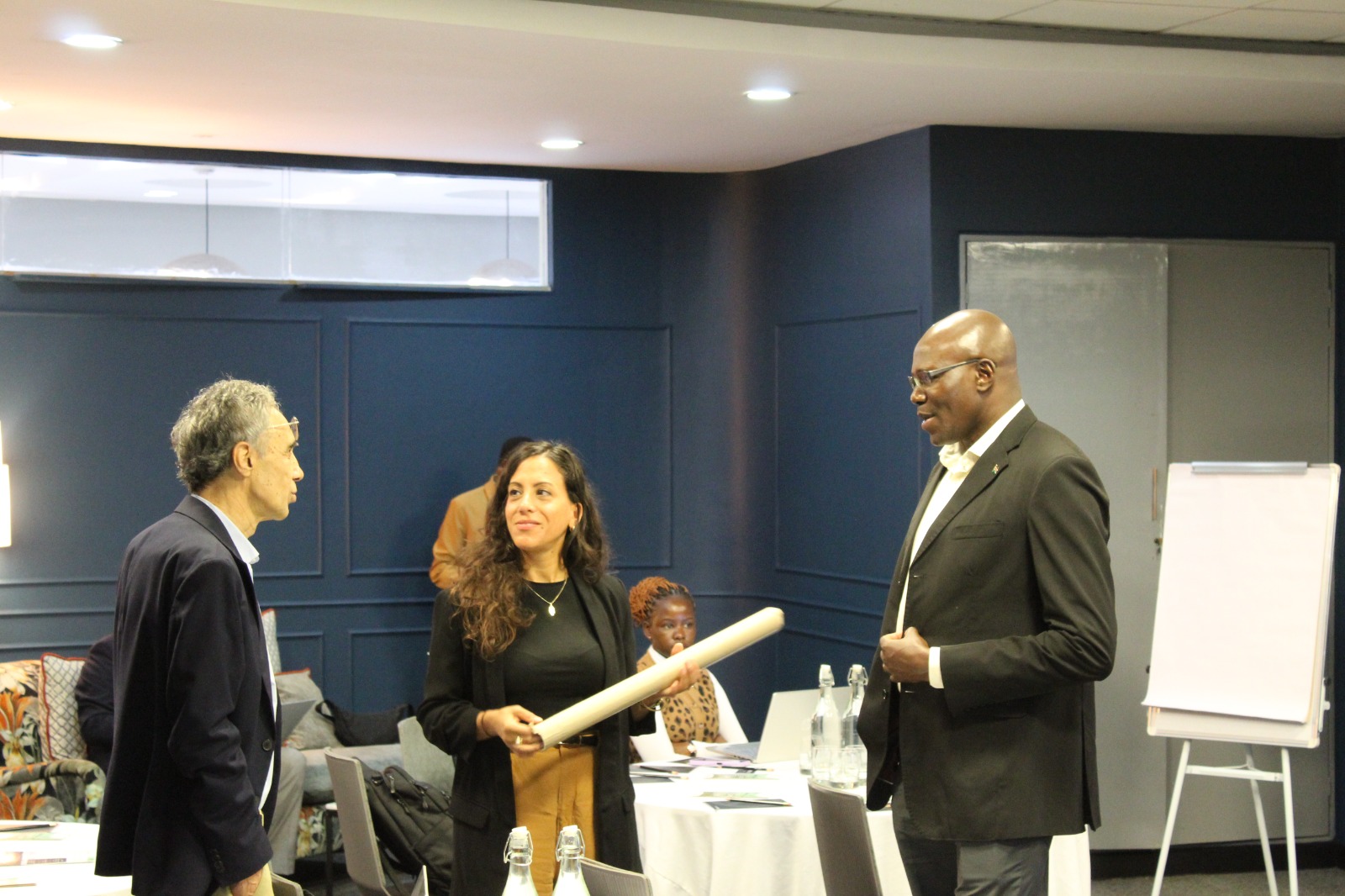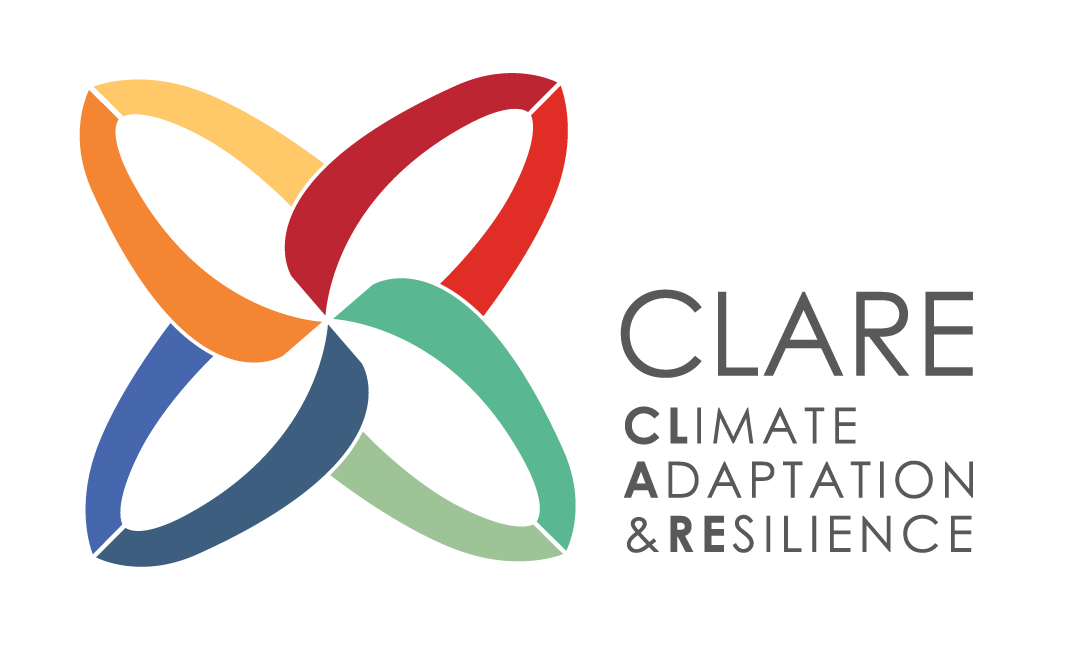
Building Resilience through Inclusive Insurance
/
Highlights from the BIMA Stakeholder Engagement Workshop
On April 29, 2025, the BIMA project reached a key milestone with a stakeholder workshop in Nairobi. Hosted under the CLARE initiative, the event gathered researchers, policymakers, community representatives, and insurers to rethink livestock insurance for Kenya’s agro-pastoralist communities. Organized by CISP, the University of Nairobi, TriM, and CCGD, the workshop aimed to make Index-Based Livestock Insurance (IBLI) more inclusive, effective, and trusted.
Professor Nick Oguge opened the session by outlining the project’s goal: improving IBLI in Tana River County by integrating social and environmental indicators, with a strong emphasis on gender-responsive products for women, youth, and persons with disabilities. The project operates in three key areas—Galole West, Garsen North, and Chewani—selected for their accessibility and ecological diversity. Using tools like NDVI (Normalized Difference Vegetation Index: a satellite-based measurement used to assess the health and density of vegetation), LDSF (Land Degradation Surveillance Framework: a scientific method used to assess land health and degradation), and participatory approaches such as citizen science (a participatory approach, where non-scientists—often local residents—are trained to gather data, monitor environmental changes), the team is working to ground insurance design in real community needs.
Several challenges and insights emerged from the discussions. While women make up over 66% of livestock producers, they remain largely excluded from insurance schemes. Participants stressed the need to recognize women’s roles, address flood risk, and consider how gender-based violence intersects with insurance access. Researchers also noted discrepancies between satellite vegetation data and actual forage quality, advocating for improved calibration with ground-based sensors.
Innovative tools such as TriM’s 3MAP IMS and the expansion of the Community-Based Observation Network (CBON) were presented as ways to strengthen local climate monitoring. Meanwhile, University of Nairobi experts shared actuarial models (tools used to estimate financial risks. In the context of livestock insurance, these models help predict things like the likelihood of drought and how it might impact livestock losses), using GLMs (Generalized Linear Models) and sensitivity analysis to help ensure insurance products are both fair and financially viable.
Key recommendations included enhancing data-sharing, aligning with NDMA initiatives, developing gender-inclusive insurance indexes, and launching community-driven awareness campaigns. Expanding coverage to flood risks and exploring a shift from government subsidies to private sector financing were also discussed, along with the need to better understand the socio-cultural dynamics influencing IBLI uptake.
In her closing remarks, Manuela Di Mauro of FCDO commended BIMA’s interdisciplinary and participatory approach and encouraged continued alignment with broader climate adaptation efforts such as PASSAGE (Pathways to Scale for Adaptation and Resilience), another CLARE project, that aims to scale up climate adaptation solutions that have already shown promise in pilot phases or smaller projects.
The workshop reinforced the importance of designing insurance solutions that are not only scientifically robust but also socially grounded and inclusive.
Published
CLARE Projects
CLARE Partners

